Breaking News
Indoor Air Quality
Breaking News
HVAC Market Transformation: What’s Next
Game-changing innovations reshape HVAC’s future, but which emerging technologies and regulations will dominate the industry’s transformation?

The HVAC industry is experiencing significant transformation through smart technology integration and environmental regulations. AI-driven analytics and real-time monitoring systems are optimizing operations, while the shift towards low-GWP refrigerants like HFOs and A2L variants reshapes equipment design. Contractors must adapt through enhanced training programs and digital diagnostic tools, particularly for handling new refrigerant technologies. Supply chain resilience is strengthening through supplier diversification and increased domestic manufacturing. Environmental compliance drives innovation in energy efficiency and refrigerant management, with stricter regulations pushing the adoption of ultra-low GWP alternatives. These developments mark the beginning of a thorough evolution in HVAC systems and practices.
Smart HVAC Revolution
The HVAC industry is experiencing a dramatic transformation through smart technology integration and Internet of Things (IoT) connectivity.
These innovations enable real-time monitoring, automated adjustments, and predictive maintenance capabilities that optimize system performance and energy efficiency.
Modern HVAC systems now incorporate AI-driven analytics to anticipate maintenance needs and adjust operations based on occupancy patterns, weather conditions, and user preferences.
The integration of Variable Refrigerant Flow (VRF) technology allows for simultaneous heating and cooling in different zones, maximizing comfort while minimizing energy consumption.
Additionally, post-pandemic concerns have accelerated the adoption of advanced air quality monitoring and purification features, enabling building operators to maintain healthier indoor environments through automated filtration and ventilation controls.
Moreover, implementing AI solutions can increase customer engagement and satisfaction, which is essential for HVAC businesses looking to thrive in a competitive market.
Refrigerant Changes and Market Impact
Regulatory pressure and environmental concerns are driving unprecedented changes in HVAC refrigerant requirements worldwide. The industry faces a significant shift as regulators establish a 150 GWP limit for refrigerants in new systems, prompting manufacturers to develop innovative solutions like Honeywell's Solstice® ze.
This shift has sparked a movement toward hydrofluoroolefins (HFOs) and specialized blends as traditional HFC availability decreases.
However, the change presents challenges, including the rise of counterfeit products that threaten both safety and environmental objectives. Manufacturers and contractors must carefully manage this evolution while maintaining system performance and reliability.
The emergence of A2L refrigerants, featuring low ozone depletion and global warming potential, represents a promising development in the industry's effort to balance environmental responsibility with operational efficiency.
Contractor Training and Best Practices
Modern HVAC contractors face three critical challenges in today's rapidly evolving industry: mastering new refrigerant technologies, adapting to advanced installation methods, and maintaining safety compliance.
The shift to low-GWP refrigerants and advanced connection solutions requires thorough training programs and updated certification requirements. Contractors must demonstrate proficiency in flameless pipe connections, press fitting installations, and proper handling of A2L refrigerants.
- Implementation of regular safety protocol updates for handling new refrigerant types
- Development of hands-on training programs for press fitting installations
- Integration of digital diagnostic tools and smart system maintenance procedures
- Establishment of quality control measures for refrigerant management
- Creation of detailed documentation systems for installation verification
These best practices guarantee contractors maintain high standards while adapting to industry changes and technological advancements in HVAC systems.
Supply Chain Resilience
Since recovering from pandemic-related disruptions, HVAC manufacturers have implemented robust supply chain strategies to prevent future vulnerabilities.
These strategies include diversifying supplier networks, increasing inventory reserves, and establishing regional manufacturing hubs to reduce dependency on single-source components.
The industry has also accelerated the adoption of digital supply chain management tools, incorporating real-time tracking systems and predictive analytics to anticipate potential disruptions.
Manufacturers are particularly focused on securing steady supplies of A2L refrigerants and critical electronic components.
Partnerships with OEMs have strengthened, leading to improved coordination in component production and distribution.
Additionally, companies are investing in domestic manufacturing capabilities to minimize international shipping dependencies and guarantee consistent availability of essential HVAC system components.
Environmental Regulations Shaping HVAC
Environmental regulations have fundamentally transformed the HVAC industry landscape, particularly through aggressive phase-downs of high-GWP refrigerants and stricter energy efficiency requirements.
As regulators establish a 150 GWP limit for refrigerants in new systems, manufacturers are pivoting towards sustainable alternatives like hydrofluoroolefins (HFOs) and specialized blends.
This shift necessitates significant adaptations in system design, installation practices, and maintenance protocols.
- U.S. and EU regulations mandate phase-down schedules for high-GWP refrigerants
- Implementation of ultra-low GWP alternatives like Solstice® ze
- Increased focus on energy efficiency ratings and performance standards
- Rising demand for systems compliant with regional environmental regulations
- Enhanced monitoring requirements for refrigerant leakage and disposal
Heat Pump Technology Advancement
Heat pump technology represents a significant breakthrough in addressing both environmental compliance and energy efficiency demands in the HVAC sector.
These systems demonstrate remarkable versatility by extracting heat from outdoor air, ground, or water sources to provide both heating and cooling capabilities. Modern heat pumps achieve superior efficiency ratings, often delivering three to four times more energy than they consume.
The integration of smart controls and variable-speed compressors has enhanced heat pump performance across diverse climate conditions. Advanced models now operate effectively even in sub-zero temperatures, while simultaneously offering improved humidity control and air quality management.
This technology aligns with global sustainability goals by reducing carbon emissions and supporting the shift away from fossil fuel-based heating systems, particularly as electricity grids incorporate more renewable energy sources.
Connectivity and Control Systems
Modern HVAC systems are increasingly defined by sophisticated connectivity and control technologies that revolutionize building management capabilities. Through IoT integration and smart sensors, these systems enable precise environmental control while optimizing energy consumption. Advanced algorithms analyze operational data in real-time, facilitating predictive maintenance and automated adjustments.
- Cloud-based monitoring allows remote system management and performance tracking
- Machine learning algorithms optimize temperature settings based on occupancy patterns
- Integration with building automation systems enables coordinated facility management
- Mobile applications provide users with instant control and system status updates
- Smart thermostats communicate with weather services to anticipate heating/cooling needs
These technological advancements represent a significant shift from traditional HVAC controls, offering unprecedented levels of efficiency, convenience, and customization in commercial and residential applications.
Frequently Asked Questions
How Long Does a Modern HVAC System Typically Last Before Needing Replacement?
Modern HVAC systems typically last 15-20 years with proper maintenance, though smart systems and energy-efficient models may have varying lifespans depending on usage patterns and environmental conditions.
What Are the Average Annual Maintenance Costs for Smart HVAC Systems?
Studies show smart HVAC annual maintenance costs typically range from $150-$500, with IoT-enabled systems potentially reducing these expenses by 20% through predictive maintenance and early problem detection.
Can Older Homes Support the Installation of Modern VRF Systems?
Older homes can support VRF systems with proper assessment and modifications. Key requirements include adequate electrical capacity, structural support for outdoor units, and space for indoor air handlers and refrigerant lines.
How Much Energy Savings Can Homeowners Expect From Upgrading to Smart HVAC?
While your thermostat won't turn into a money-printing machine, smart HVAC systems typically deliver 10-30% energy savings through automated scheduling, remote control, and AI-driven temperature optimization.
Are There Tax Incentives Available for Installing Energy-Efficient HVAC Systems?
Federal tax credits of up to $600 for efficient HVAC units and 30% back on heat pumps are available, plus state and utility rebates vary by location for energy-efficient installations.
Conclusion
The HVAC industry's evolution reflects a convergence of technological advancement, environmental stewardship, and market adaptation. Smart systems, low-GWP refrigerants, and enhanced training protocols mark significant shifts in operational standards. As supply chains strengthen and regulations tighten, the industry continues advancing through heat pump innovations, IoT integration, and improved air quality solutions. These transformations establish a foundation for sustainable, efficient, and intelligent climate control systems that meet modern environmental and consumer demands.
Breaking News
Milwaukee Tool Unveils Massive Mississippi Factory
Witness Milwaukee Tool’s groundbreaking Mississippi factory, a beacon of innovation and job creation; discover how it’s reshaping local economies and future expansions.
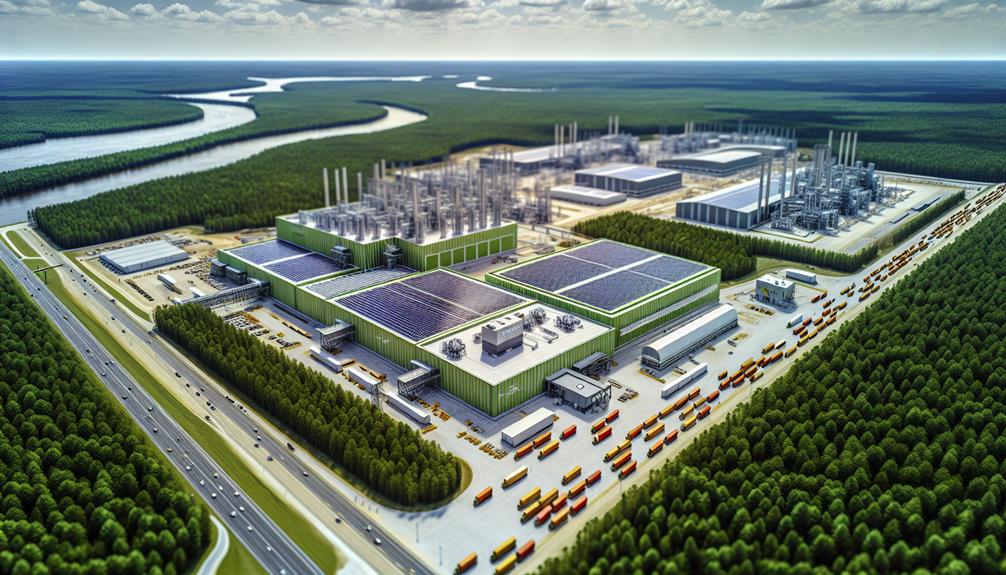
We've experienced a significant milestone with Milwaukee Tool's massive new factory in Grenada County, Mississippi. This sprawling 500,000-square-foot facility is their largest in the U.S., dedicated initially to producing Sawzall blades with cutting-edge technology that enhances both efficiency and sustainability. It's more than a manufacturing hub; it fuels economic growth by creating over 800 jobs and offers career growth opportunities for locals. Their $60 million investment bolsters local infrastructure and guarantees strong community ties through educational partnerships and engagement. By embracing innovation, Milwaukee Tool positions itself for future expansions and strengthens its market presence. There's much more to discover about this impressive endeavor.
Factory Overview
The new Milwaukee Tool factory in Grenada County, Mississippi, stands as our largest manufacturing facility in the U.S., showcasing our commitment to domestic production excellence.
Spanning over 500,000 square feet, this colossal facility is ready to redefine power tool manufacturing. Our initial focus is on crafting high-quality Sawzall blades, with plans to expand into additional product lines.
We've equipped this powerhouse with cutting-edge manufacturing technologies, designed to push the boundaries of production capabilities and efficiency. By streamlining processes, we're reducing production time and embedding sustainable practices into every phase.
This facility not only amplifies our production strength but also asserts our leadership in the industry, ensuring we meet the demands of power-seeking professionals nationwide.
Employment Opportunities
Bringing over 800 new jobs to Grenada County, our new Milwaukee Tool factory is set to invigorate the local economy and provide fresh opportunities for career growth.
We're not just creating jobs; we're building futures.
Our commitment is to harness the local talent and provide avenues for advancement, ensuring that you have the power to shape your career path within a dynamic and innovative environment.
Community Engagement
As we create new job opportunities, our focus extends beyond employment to fostering strong community ties.
We're committed to empowering the Grenada County community by actively participating in local events and supporting initiatives that matter.
Our partnerships with educational institutions drive workforce development, ensuring a skilled, diverse talent pool ready to meet tomorrow's challenges.
Investment Highlights
With a bold investment of over $60 million in our Grenada County facility, we're reinforcing our dedication to U.S. manufacturing and community growth.
This significant financial commitment positions us as leaders in the industry, driving innovation and excellence.
Here's how our investment stands out:
- State-of-the-Art Technology: We've equipped the facility with cutting-edge technologies to boost production capabilities.
- Sustainable Practices: Our processes reduce environmental impact, aligning power with responsibility.
- Job Creation: The investment supports the creation of over 800 jobs, empowering the local workforce.
- Local Infrastructure: Our funding enhances local infrastructure, ensuring robust community development.
This investment underscores our strategic vision, cultivating a legacy of strength and influence in both the local and national landscapes.
Economic Growth
The establishment of our new factory in Grenada County marks a pivotal moment in driving economic growth both locally and statewide. With over 800 new jobs, we're not just building a facility; we're building opportunities. This investment releases potential, strengthening Mississippi's economic backbone.
Here's how we're making an impact:
| Aspect | Local Impact | Statewide Impact |
|---|---|---|
| Job Creation | 800+ opportunities | Workforce growth |
| Tax Revenue | Increased funding | Economic strength |
| Industry Growth | Supply chain boost | Sector expansion |
| Community Ties | Local partnerships | Educational links |
| Innovation | Advanced tech use | Manufacturing hub |
Our focus on innovation and community guarantees a thriving economy. Together, we're shaping a powerful future for Mississippi, maximizing our collective potential.
Strategic Expansion
Our strategic expansion in Grenada County is a demonstration of our commitment to growth and innovation.
By choosing this location, we're positioning ourselves to harness significant power and influence within the manufacturing sector. This expansion aligns with our broader objectives and solidifies our presence in the southern U.S.
Here's how:
- Proximity to Key Markets: We're closer to our customers, enabling faster delivery and improved service.
- Enhanced Supply Chain Efficiency: Our location optimizes logistics and reduces operational costs.
- Strengthened Brand Presence: We're boosting our visibility and authority in the region.
- Strategic Positioning: Our facility's location supports long-term growth and market adaptability.
Together, these steps empower us to lead with confidence and drive unprecedented success.
Future Plans
Building on our strategic expansion in Grenada County, we're excited to outline our future plans that will drive continued growth and innovation.
Our facility is engineered for adaptability, allowing us to swiftly respond to evolving market demands. We're committed to staying at the cutting edge of manufacturing excellence, ensuring our products consistently meet the high standards our customers expect.
We'll leverage our strategic positioning to enhance competitiveness and maintain our leadership in the industry.
By continuously evaluating market trends, we'll guide future expansions with precision, keeping our operations aligned with emerging opportunities.
Our investment in workforce engagement and maintaining a unique company culture will support this growth, empowering our team to achieve unparalleled success and innovation.
Conclusion
As we look to the future, we're excited about the endless possibilities this new facility brings. Like a beacon of progress in Grenada County, our factory stands as a symbol of our dedication to innovation and community growth. We're committed to fostering economic development, creating jobs, and enhancing our production capabilities. Together, we'll build a brighter future for Milwaukee Tool, our employees, and the local community. Thank you for joining us on this remarkable journey.
Breaking News
Radiant Heating Revolutionizes Commercial Comfort
Groundbreaking radiant heating systems transform commercial comfort with efficiency and eco-friendliness—learn how they can elevate your business environment.

Radiant heating systems are revolutionizing commercial comfort by delivering efficient, cost-effective, and environmentally friendly solutions. With advancements in materials and technology, these systems are now widely adopted in various commercial settings, from offices and retail spaces to hospitals and educational institutions. They offer consistent heat distribution, improved air quality, and energy conservation, making them an ideal choice for businesses. Additionally, snowmelt systems enhance safety by mitigating winter hazards. Despite the significant upfront investment, the long-term savings and potential financial incentives make radiant heating a compelling option for modern commercial facilities. Discover how this technology can further elevate your commercial environment.
Key Takeaways
- Expansion into commercial sectors enhances energy efficiency and environmental benefits.
- Simplified installation suits commercial properties focused on performance and cost-effectiveness.
- Suitable for diverse applications, including offices, retail spaces, healthcare, and educational institutions.
- Snowmelt systems improve safety and reduce manual snow removal efforts in winter.
- Long-term energy savings and improved indoor air quality justify the upfront investment.
Growing Interest and Adoption
In recent years, the interest and adoption of radiant heating systems have expanded markedly beyond residential use into the commercial sector.
This surge is driven by advancements in materials and technology, which have remarkably improved efficiency and cost-effectiveness. Businesses seeking energy-efficient solutions are increasingly aware of the environmental benefits, leading to broader acceptance of radiant heating.
The technology’s evolution has simplified installation, making it more appealing to commercial property owners who prioritize both performance and sustainability.
The growing trend reflects a collective move towards smarter, more efficient HVAC systems, aligning with the broader desire for freedom from traditional, less efficient heating methods.
This shift underscores the commercial sector’s commitment to energy conservation and operational efficiency.
Applications and Versatility
Radiant heating’s expanding role in commercial environments underscores its impressive versatility and applicability across various industries. From offices and retail spaces to healthcare facilities and educational institutions, radiant heating systems offer tailored solutions for diverse settings.
Their success in large, open spaces with consistent load profiles enhances overall comfort and productivity. Hospitals benefit from sterile, evenly heated environments, essential for areas like ambulance entrances. Retail establishments enjoy improved customer experiences through even heat distribution and energy savings.
Furthermore, radiant heating’s compatibility with existing HVAC systems and adaptability to various construction materials make it an attractive option for both new builds and retrofits. This versatility empowers businesses to create comfortable, energy-efficient spaces that align with their operational needs and sustainability goals.
Benefits and Snowmelt Systems
Superior comfort and energy efficiency stand out as key benefits of radiant heating systems in commercial settings. Radiant heating delivers consistent heat distribution, enhancing indoor air quality by minimizing dust and allergens. This system operates quietly and requires lower temperature settings, further conserving energy and reducing operational costs. Snowmelt systems provide additional advantages, including the mitigation of winter hazards and minimizing the need for manual snow removal, promoting safety and convenience.
| Benefits | Snowmelt Systems |
|---|---|
| Consistent heat | Reduces ice hazards |
| Improved air quality | Minimizes snow removal |
| Lower operating costs | Enhances safety |
These benefits contribute to long-term savings and a safer, more comfortable environment, ideal for commercial spaces seeking efficiency and freedom from conventional heating limitations.
Challenges and Economic Considerations
Careful planning and strategic implementation are paramount when considering the installation of radiant heating systems in commercial settings. Logistical challenges like the meticulous layout of supply/return piping and ensuring accessibility of radiant manifolds require expert precision.
Accurate design is essential to prevent oversized pumps and incorrect loop lengths, which are critical, especially in high humidity environments. Despite the significant upfront investment, the long-term economic benefits, such as energy savings and potential property value increase, are substantial.
Financial incentives from energy efficiency programs can alleviate initial costs, presenting a compelling case for budget-conscious businesses. Consequently, while initial hurdles exist, the economic and operational advantages of radiant heating systems ultimately offer a liberating investment for commercial enterprises.
Conclusion
Radiant heating, likened to the silent dawn breaking over a previously dim horizon, signifies a paradigm shift in commercial HVAC solutions, driven by advancements in technology and a focus on sustainability. With its superior comfort, enhanced air quality, and substantial energy savings, this versatile system is increasingly adopted across various commercial sectors. Despite initial costs, the long-term economic and environmental benefits position radiant heating as an indispensable component of modern, sustainable building practices.
-
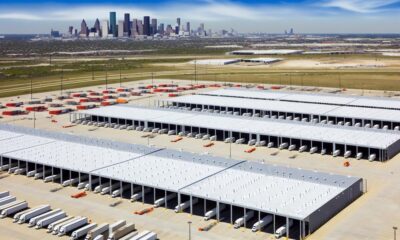
 Breaking News1 year ago
Breaking News1 year agoCentury Unveils New Distribution Hub in Houston
-
Business1 year ago
The only Google Business Profile Features That directly Make Your Listing Rank Higher
-

 Blogging1 year ago
Blogging1 year agoEffective Blog Promotion: Strategies to Increase Your Reach
-
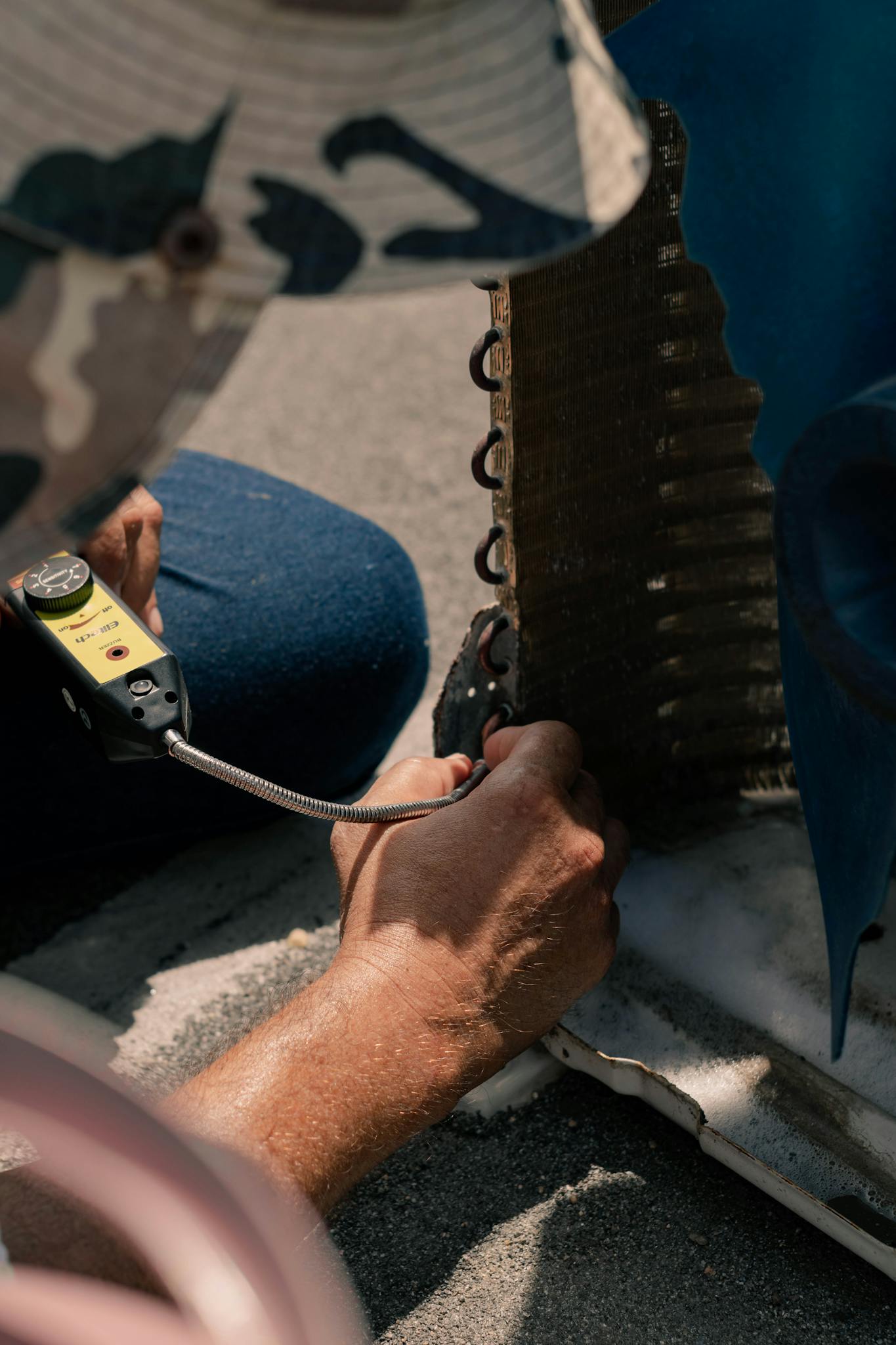
 Blogging1 year ago
Blogging1 year agoThe Essentials of Blogging: Tips and Strategies for Success
-

 Training and Education11 months ago
Training and Education11 months agoNavigating New HVAC Regulations: Compliance and Education
-
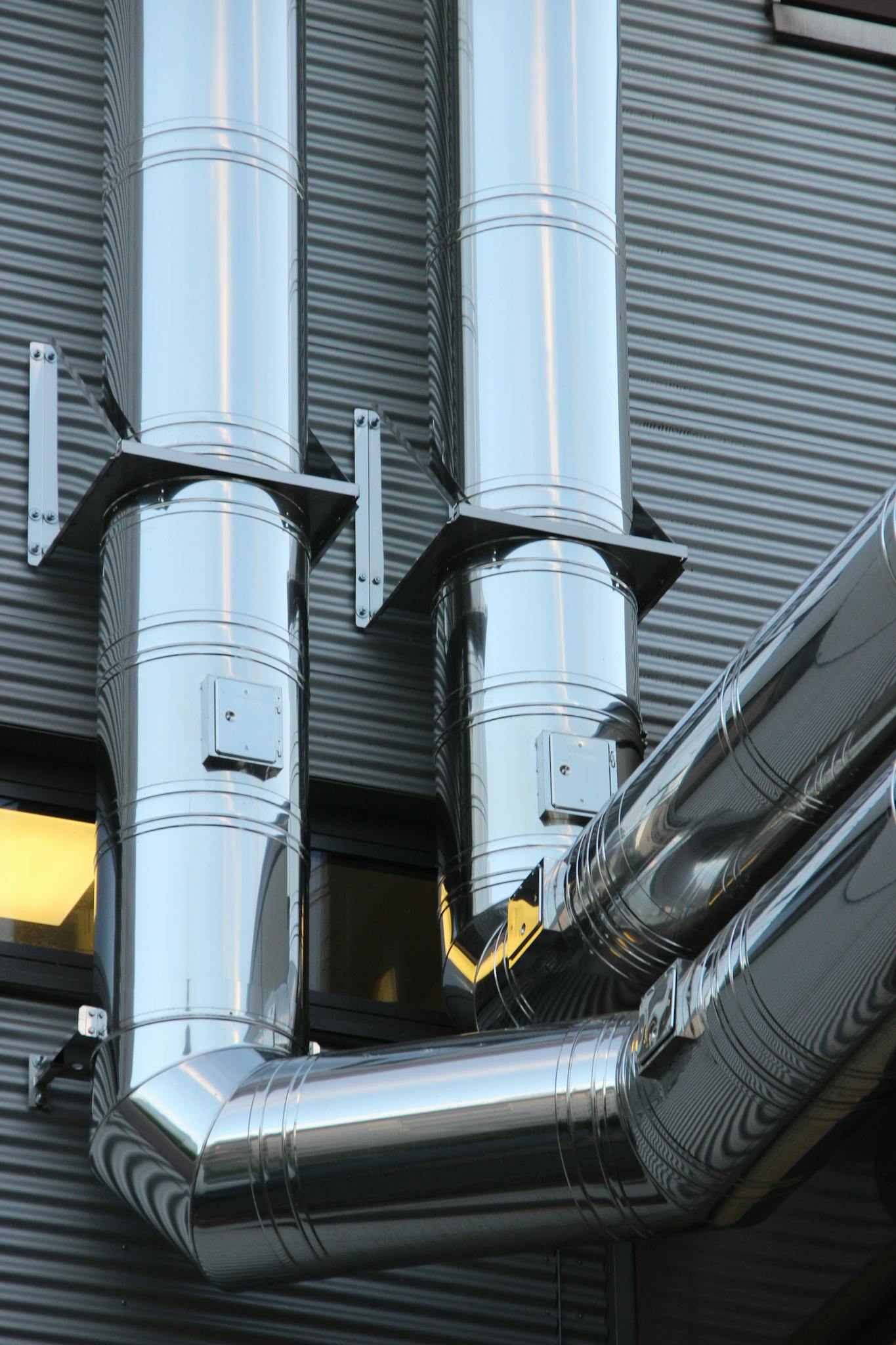
 Blogging1 year ago
Blogging1 year agoNever Run Out of Ideas: Top Tips for Generating Fresh Blog Topics
-
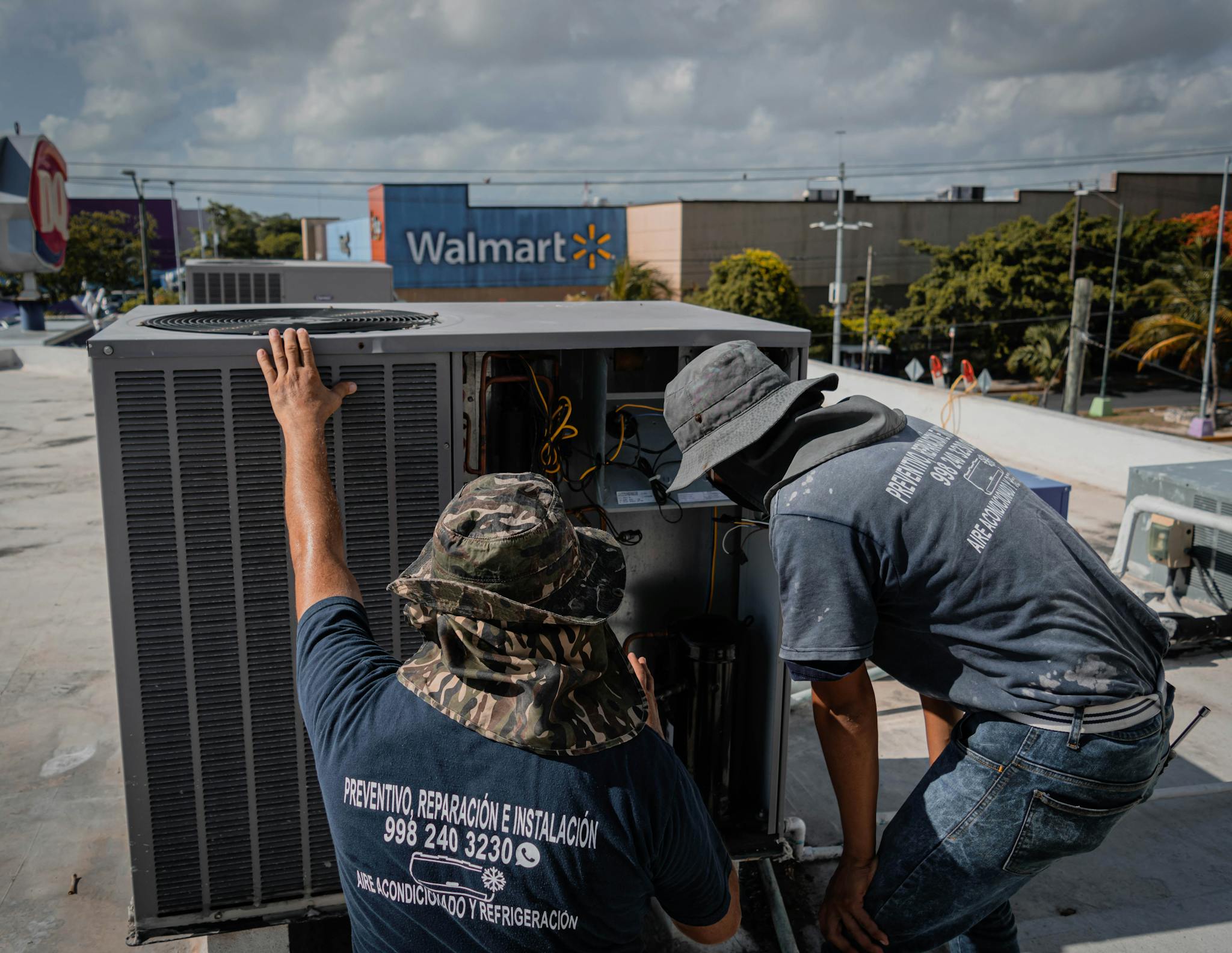
 Blogging1 year ago
Blogging1 year agoBuilding a Loyal Blog Audience: Strategies for Engagement and Growth
-
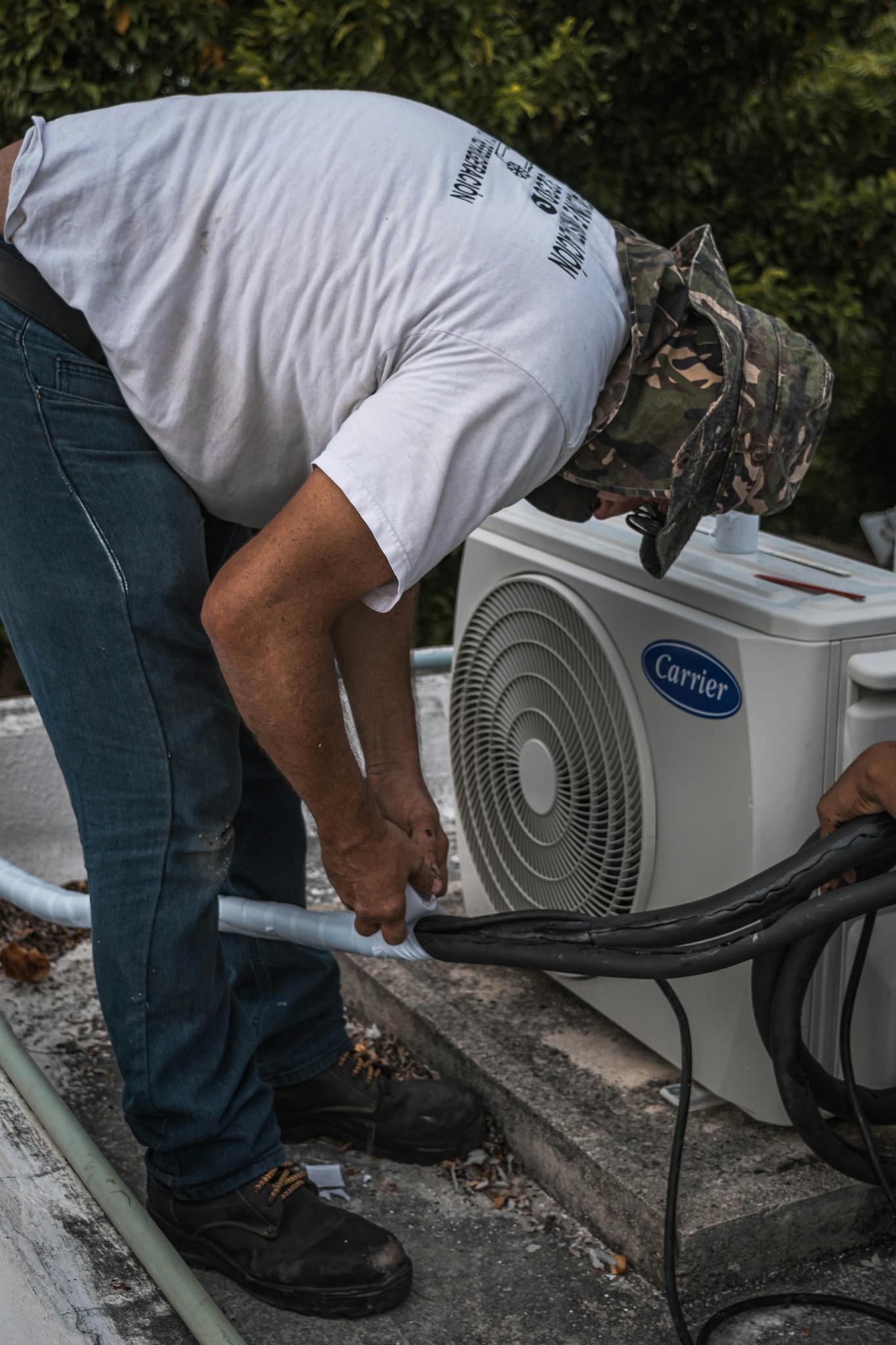
 Blogging1 year ago
Blogging1 year agoMaximizing Your Blog’s Reach: SEO Tips for Bloggers






